There is a vast array of bullets out there, described with terminology such as “.30 cal” and “HPBT.” All of these fancy words can be confusing to people who are new to firearms.
I’m here to cut through that confusion and explain the difference between bullets, calibers, and cartridges. I’ll also cover the different types of bullets, so you’ll know what to feed your gun.
Let’s start with the most basic part: what is a bullet, anyway?
What is a bullet?
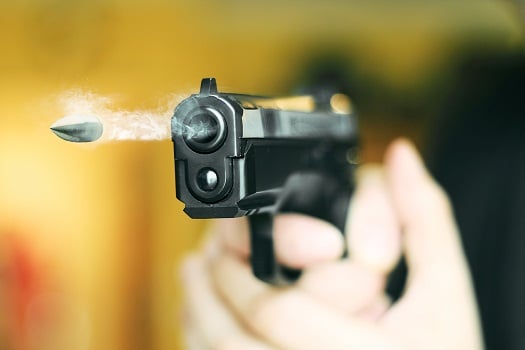
The bullet is the projectile fired from the gun.
“Bullet” doesn’t refer to the item you load into the gun’s chamber, however. That would be “cartridge” or “round.” You have to assemble a bullet with a case, primer, and gunpowder to get a cartridge. Bullets by themselves don’t do much—unless you have a particularly good throwing arm!
The word “bullet” comes from the French word “boullet,” which means “small ball.” Modern bullets come in all sorts of shapes and sizes. Three factors determine whether or not a bullet will fit your gun: caliber, shape, and weight.
Most bullets are made of lead or another soft metal. Many are encased in a jacket of copper or another hard metal.
Caliber
The word “caliber” refers to the diameter of a gun barrel and/or the projectile used with that barrel. So, a .30 caliber bullet is generally approximately .308 inches wide.
Differences in measuring caliber muddle the waters somewhat. For example, both .38 Special and .357 Magnum can be used in a gun marked for .357 Magnum!
That’s because some rifled bores have both lands and grooves. Some cartridges are measured from land-to-land and others are measured from groove-to-groove. Also, some older ammunition was measured using the case’s base diameter, not the bullet. As a result, bullets for the .38 Special have a diameter of .357 inches.
Because of this discrepancy, it’s important to pay attention to what ammo you are using. The .303 British and .308 Winchester are both .30 cal rounds, but the former’s bullet diameter is .311 inches and the latter’s bullet diameter is .308 inches.
These tiny differences do not affect performance that much, but they can have devastating consequences if you load a .311 bullet into a gun designed for .308 bullets!
Also, different rounds can have the same caliber but not be compatible. For instance, .308 Winchester and .300 Blackout rifles both use the same caliber bullet, but the case is very different so they are not compatible.
Related: Shotgun Gauge vs Caliber: Why and How Is It Different?
Shape
The earliest bullets were round lead balls, but eventually, it was discovered that a pointed shape is more aerodynamic.
The bullet’s shape can have a massive effect on performance. Different shapes have different aerodynamic profiles and also behave differently when striking a target.
This is where lots of additional terminology gets thrown into the mix. Frustratingly, the ammo box rarely has more than an acronym describing the bullet’s shape!
Most modern bullets have a pointed tip and an overall boat-like shape. Differences between bullets generally come from varying tip shapes, though some manufacturers change the bottom of the bullet as well.
You’ll find explanations for most common bullet shapes below.
Pistol bullets tend to be shorter and wider than rifle bullets, which tend to be long and thin. Generally, the longer the bullet, the better its aerodynamics. Pistol bullets make up for a lack of long-range performance by having enough mass to be devastating at shorter ranges. Speaking of weight and mass…
Weight
A bullet’s weight is generally given in grains, though grams are sometimes used.
Heavier bullets are longer than lighter bullets in the same caliber. This increases their aerodynamic profile. The added mass also helps increase momentum, so the bullet retains velocity further down range and hits harder.
However, heavier bullets have lower muzzle velocity than lighter bullets, which means they start off slower. They also produce more recoil and the added length can sometimes cut into the case’s powder capacity.
Lighter bullets start off with a higher muzzle velocity and kick less than more massive bullets. They’re cheaper, too.
The Ten Most Common Calibers
Now, let’s look at some of the most common calibers in use today.
.22
The most common .22 round, by far, is the venerable .22 Long Rifle. It’s a rimfire cartridge that’s tiny and economical, making it popular with plinkers and other recreational shooters. The extremely light recoil also makes it excellent for teaching people the art of shooting.
However, .22 bullets are so small and light that they are a poor choice for hunting anything larger than a squirrel.
Example cartridges: .22 Long Rifle, .22 Winchester Magnum Rimfire
.224 / 5.56mm
The .223 Remington and 5.56x45mm NATO are the most common .224 caliber cartridges in use today. 5.56 are designed for slightly higher pressures than the .223 Rem, so you can use .223 in a 5.56 gun but not vice versa.
These rounds are almost universally light and fast. This makes them an excellent home defense choice, especially with frangible bullets, because drywall will cause them to deflect or fragment and lose their velocity quickly.
For hunting, .224 bullets are best against varmints and other small game. Some loadings can be used against deer, but you’ll need excellent shot placement and not all localities allow hunting deer with .224 bullets.
Example Cartridges: .218 Bee, .223 Remington, 5.56×45 NATO, .220 Swift
.260 / 6.5mm
This caliber is commonly used for long-range competition and hunting. Bullets in this caliber are in the sweet spot for small groups at extreme ranges. Larger calibers have more arc from their weight, while smaller calibers have worse momentum.
Example Cartridges: .260 Remington, 6.5 Creedmore, 6.5 Grendel
.284 / 7mm
This caliber is a common hunting caliber because most cartridges are capable of ethically taking any animal in North America.
Example Cartridges: .280 Remington, 7mm-08 Remington, 7x57mm Mauser
.30 / 7.62mm
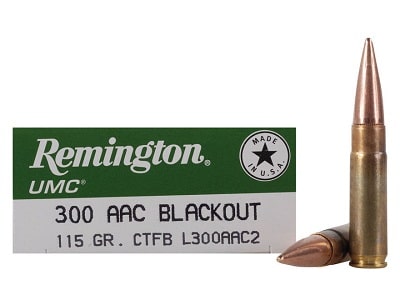
The .30-30 Winchester first came out over a hundred years ago, in 1895, and was the United State’s first smokeless hunting cartridge.
It is effective for deer without being too heavy or expensive.
Also, the US military has a history of using .30 cal ammunition. First was the .30-06 Springfield, followed by the .308 Winchester. The .308 Win is very similar to the 7.62x51mm NATO round except that it is designed for slightly higher pressures. You can use 7.62 NATO ammo in a .308 Win gun, but not the other way around.
.30 cal bullets are less effective at extreme ranges compared to slightly smaller calibers, but they are still very effective at most hunting distances.
Example Cartridges: .30-30 Winchester, .300 Blackout, .308 Winchester, .30-06 Springfield
9mm
The 9mm caliber is most famous because of a single round: the 9×19 Parabellum, aka 9mm Luger.
The 9mm Parabellum is perhaps the most commonly used handgun cartridge in the world. 9mm pistols can have huge capacities while not being noticeably weaker than larger calibers. It is engaged in a long rivalry with the heavier yet slower .45 caliber.
Example Cartridges: 9mm Luger, 9mm Mauser
.38 / .357
.357 caliber bullets are sometimes considered a slight upgrade to 9mm rounds, as they are slightly larger and often have a bit more powder capacity.
The .357 Magnum is an old yet still well-regarded revolver round that can be used for hunting. The .38 Special cartridge is older and weaker but fits in .357 Magnum guns, and is often used for target practice. Make sure not to put a .357 cartridge into a .38 Special gun, though!
Example Cartridges: .38 Super, .38 Special, .357 Magnum, .357 Sig
.40 / 10mm
Though not as popular as 9mm or .45 ACP, .40 cal pistols are still popular. They hit harder than 9mm and can hold more rounds than .45, which makes them a good compromise between the two.
Example Cartridges: .40 Smith & Wesson, 10mm Auto
.45
This caliber is most famous because of the Colt m1911, a gun which popularized semi-automatic pistols and is still loved today.
.45 bullets are not the fastest but they have lots of mass, so they hit hard. Their large size reduces magazine capacity, however.
Example Cartridges: .45 ACP, .45 GAP, .45 Long Colt
.50
Half an inch wide is about the largest you’ll see most civilian firearms. Any .50 cal gun, whether it’s a Desert Eagle pistol or Barrett M82, is going to recoil hard and hit even harder. (Keep in mind that even the bullets are the same caliber, those pistols and rifles use different ammo!)
.50 cal pistol rounds and the .50 Beowulf can be used to hunt most game in the United States. .50 BMG rifle rounds are overkill against anything a civilian will shoot and are most commonly used for the fun of it.
Example Cartridges: .50 Action Express, .50 Beowulf, .50 BMG, .500 Smith & Wesson Magnum
Common Bullet Types
Most modern bullets have a flat or rounded base, a wide middle, and a narrow or pointed top. This gives an optimal aerodynamic profile and allows the bullet to travel further before losing velocity and stability.
Bullet types are often given in acronyms and can include several different selections from the following list. For example, HPBT refers to a bullet with both a “hollow point” and a “boat tail.”
Armor Piercing (AP)
An AP bullet has a hardened penetrator or other design feature to help it travel through armor. There are few civilian uses for AP bullets, and the hard penetrator can make sparks and ignite dry grass, so AP ammo is rarely used outside of military or police applications.
Ballistic/Polymer Tip
Ballistic or polymer tips were invented to combine the accuracy of spritzer pullets with the expansion potential of hollow points. This type of bullet is essentially a hollow point with a polymer tip. These are popular and effective for hunting.
Boat Tail (BT)
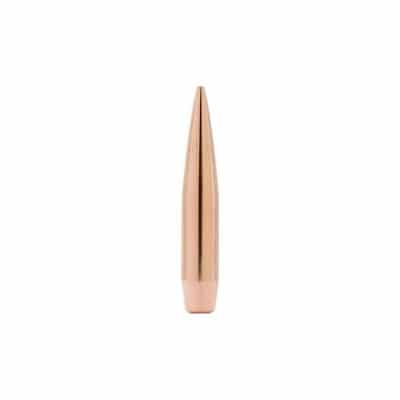
Frangible
Frangible bullets are designed to fall apart on impact. They are designed for self-defense purposes so as to minimize the chance of accidentally harming a bystander.
Full Metal Jacket (FMJ)
FMJ bullets have a metal jacket that encases the entire bullet (or all of it except for the base).
In military parlance, FMJ is often called ball ammo.
Hollow Point (HP)

Match HP bullets have a much smaller hollow point that aids in bullet manufacturing consistency, so there is less deviation between shots. These hollow points are for target-use only and are ineffective at creating expansion.
Jacketed (J)
A jacket is a hard metal that encases some or all of the softer inner core of a bullet.
Round Nose (RN)
A bullet with a round nose is not as aerodynamic as a bullet with a pointed tip. However, they are known for hitting harder, and so are often used in hunting ammunition.
Soft Point (SP)
A soft point bullet has the soft inner core exposed at the tip. The idea is to be more aerodynamic than a hollow point bullet but maintain a similar potential for expansion.
Spritzer
Spritzer bullets come to a fine point at the tip of the bullet. They are the most technically accurate bullets, especially when combined with a boat tail, but may not be as consistent as match hollow point bullets.
Very Low Drag (VLD)
A VLD bullet has a spritzer tip covering a hollow cavity along with a boat tail. This moves the center of gravity further back along the bullet’s length, which increases stability.
Wadcutter (WC)
Wadcutter bullets are for short-range target use, specifically against paper. They have a flat, circular top that cuts a clean hole in the paper target.
If you are interested in handloading your ammo then please check the following articles:

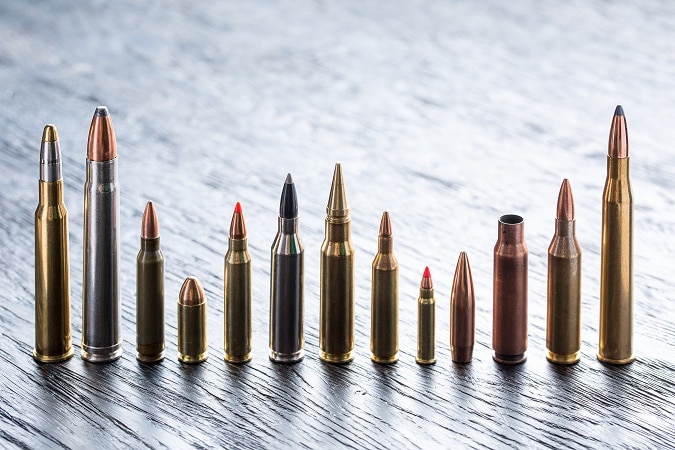

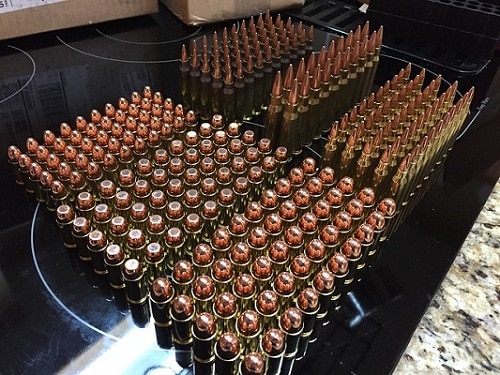
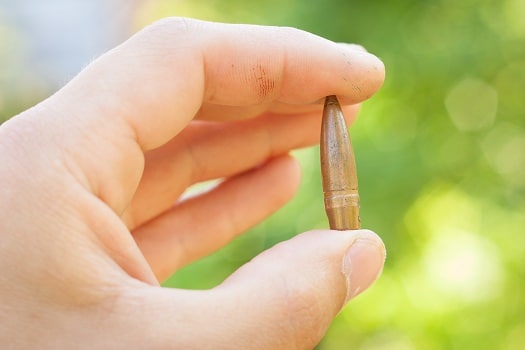
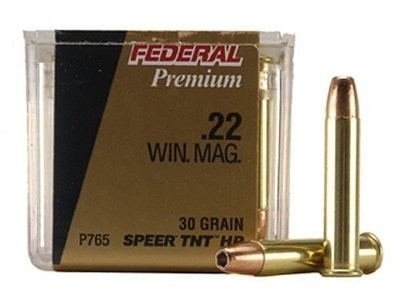
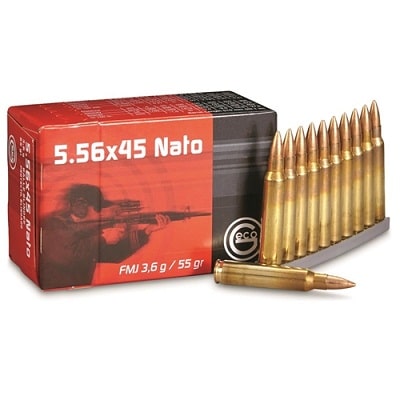
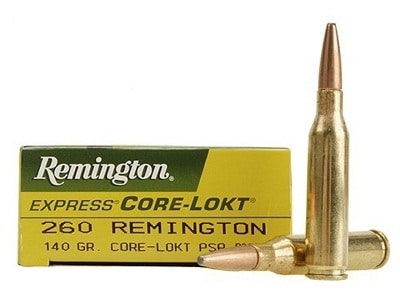
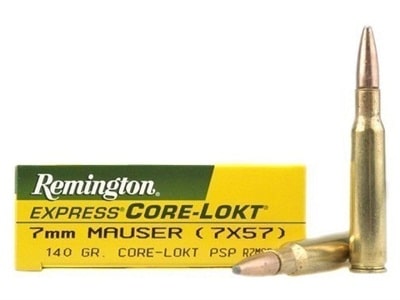
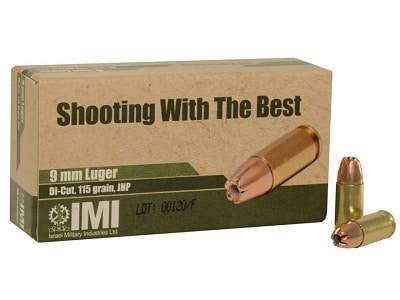
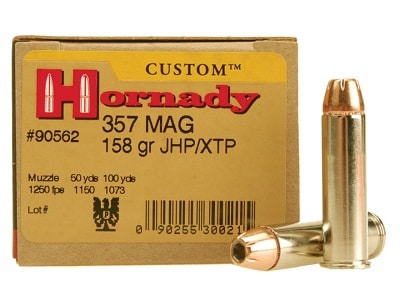
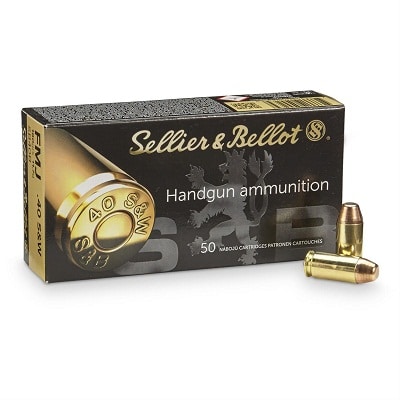
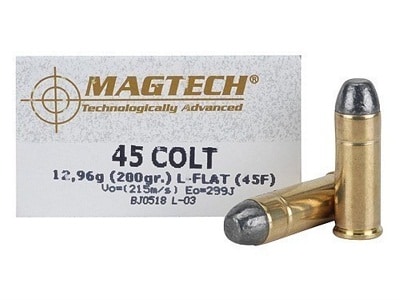
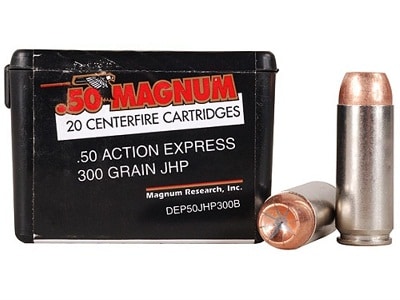
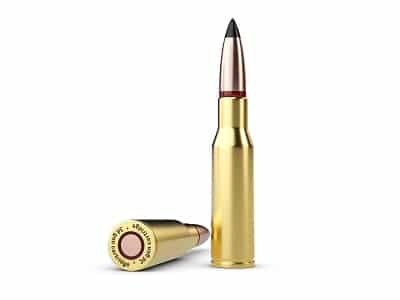
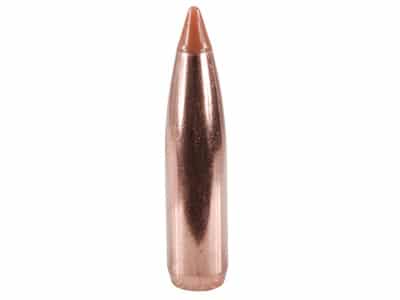
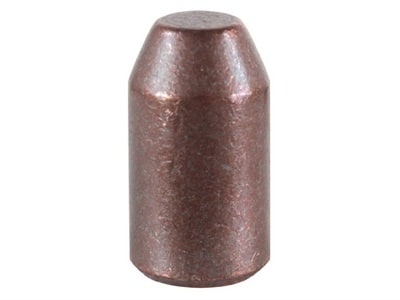
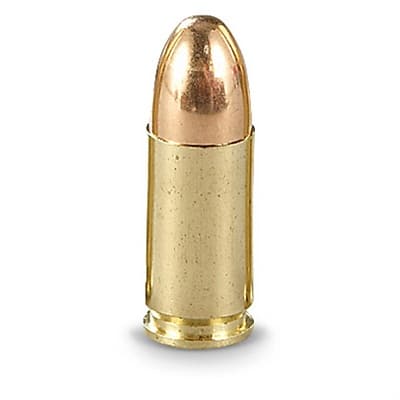
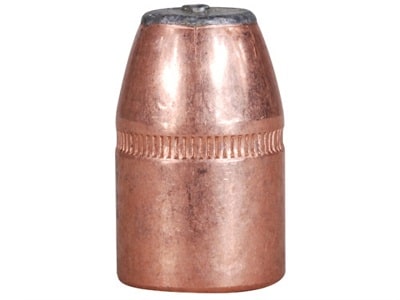
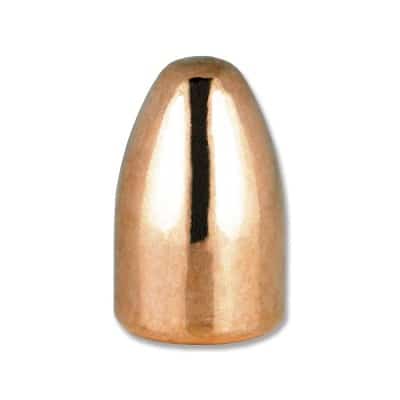
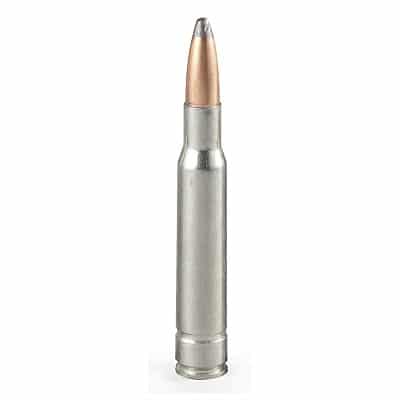
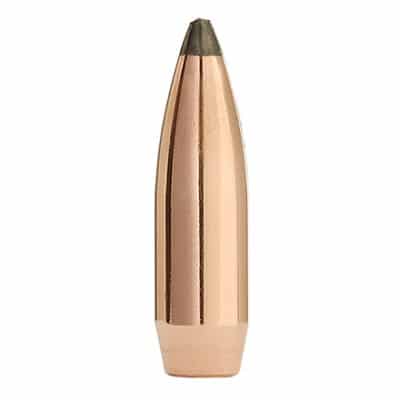
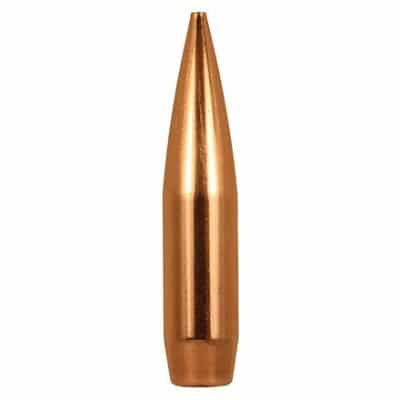
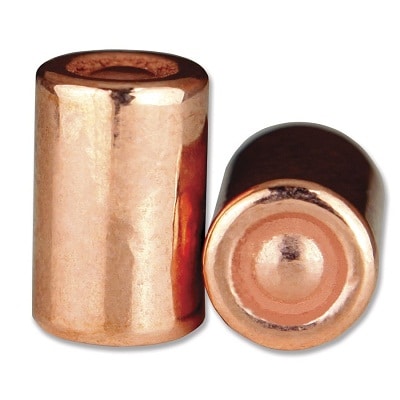
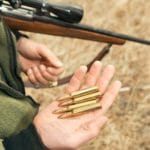
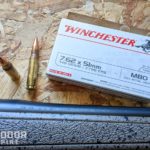
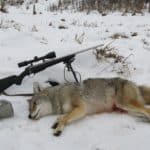


Comments are closed.